
All categories
Featured selections
Trade Assurance
Buyer Central
Help Center
Get the app
Become a supplier

(28158 products available)
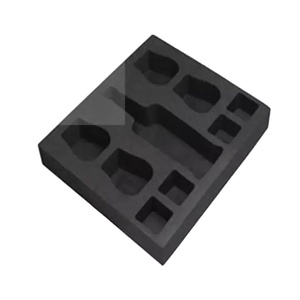


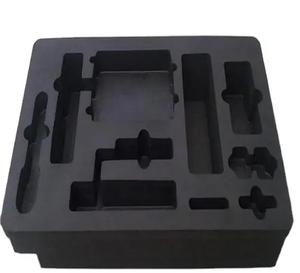
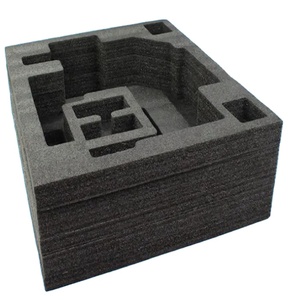



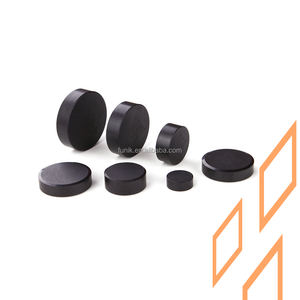


















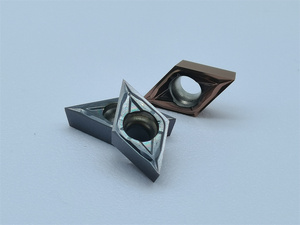
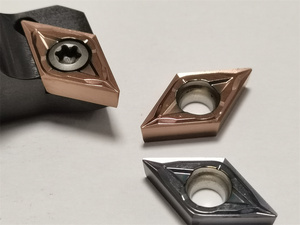




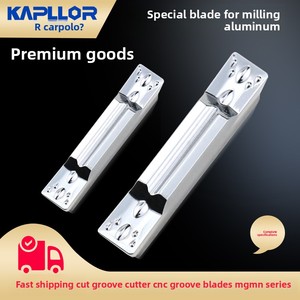

Cnc cutting inserts come in different types. They, therefore, cater to the various needs of users.
This is a common CNC insert material. It is used due to its hardness. Cutting-edge inserts offer durability when used in machining processes. They can also withstand high temperatures and tear, so they are useful when doing tough jobs.
These cutting inserts are lightweight. They also have resistance to heat. Ceramic inserts are normally applied to parts that require precision. They also suit operations exposed to high temperatures. However, they may be brittle. They, therefore, require caution during handling to avoid breakages.
CBN is recognized as the second hardest material after diamond. It is ideal for grinding hardened steel and iron. Those who want longevity and wear resistance find CBN inserts perfect. They are quite suitable for abrasive materials. In addition, they provide excellent surface finishes.
HSS inserts are commonly preferred by people who do light machining. They offer a good balance between toughness and sharpness. It also retains its hardness even at elevated temperatures. HSS is often a suitable choice for machining softer materials like aluminum and brass.
These are quite popular in the manufacturing process. They normally allow multiple cutting edges to be incorporated into a single insert. Therefore, when one edge becomes worn out, it can be indexed to expose a new cutting edge. This feature ensures that there is a reduction in overall tool costs. Moreover, it also minimizes downtime during production.
Machining of materials is crucial in many industries. The choice of insert materials, therefore, directly affects the efficiency of operations in these industries.
The aerospace industry requires precision machining of components. CNC inserts are effective in this process. Carbide inserts, for instance, are ideal for machining difficult materials like titanium alloys. They have great durability and can easily handle the high demands of this industry.
CNC inserts in the automotive industry help to machine various components. These include engine parts and transmission elements. CBN inserts are useful in this industry during the machining of hardened steel. They provide exceptional wear resistance. This, in turn, improves the longevity and accuracy of the produced parts.
The electronics industry extensively uses CNC inserts to machine materials such as copper and aluminum. HSS inserts are effective in this sector due to their sharpness. They also retain edge hardness when machining soft metals. This ensures precision in manufacturing electronic components.
CNC inserts are used in the energy sector to produce such components as turbine blades and gear systems. Ceramic inserts stand out when machining these abrasive materials. They offer exceptional wear resistance. This helps improve the efficiency and reliability of the components used in energy production.
CBN inserts are useful in this industry for grinding tools and dies used in manufacturing. Remember, they are an ideal choice for this application because they are extremely hard and wear-resistant. They help produce durable tools with superior hardness. This, therefore, translates to improved performance and increased lifespan of the end tools.
There are several key features and specifications of Cnc milling inserts. Buyers should have knowledge and understanding of these factors when making their purchases.
The geometric features of CNC inserts are necessary when determining their performance. These features include parameters such as relief angles and edge radii, which are vital. They ensure efficient cutting and prolong tool life.
The shape of the insert also affects the chip formation process. This, therefore, impacts on the surface finish of the workpiece. Moreover, there are various insert geometries used for particular machining operations. These include turning, milling, and drilling. Users should consider the specific requirements of their CNC machining operations to choose the right geometry.
CNC cutting inserts are commonly available with coating. Such coatings include titanium nitride (TiN), titanium carbon nitride (TiCN), and carbide. They enhance the performance of the insert in terms of wear resistance. They also improve thermal conductivity. TiN, for instance, improves the hardness of the insert.
Titanium carbide, on the other hand, increases the toughness of the insert. This helps when machining difficult materials. Coated inserts are particularly useful in high-speed machining. They extend the life of the insert and reduce operational costs.
This is a key factor that determines how effective CNC inserts will be. There are various grades of CNC cutting inserts, and they have unique performance characteristics. For instance, there are high-grade inserts that are ideal for precision machining. There are also inserts that are suitable for general-purpose use. They cater to everyday machining needs.
Besides, harder grades are for heavy-duty machining. These demanding applications require long service life and high wear resistance.
CNC inserts are done using different materials. Tungsten carbide is often used for its durability and hardness. There are also progressive materials like CBN and ceramics. They are for specific industries due to their superior hardness. These materials have varying degrees of thermal conductivity and wear resistance.
These subsequently impact the performance of the CNC inserts in machining operations. So, clients should choose inserts made from suitable materials for their particular machining applications. This will ensure they achieve optimal results.
Buyers should be careful when choosing the CNC insert materials for resale. There are several factors that they should consider. Below are these factors.
CNC inserts come with unique geometries, which are suitable for particular machining operations. These operations include turning, milling, and drilling. Buyers should ensure they stock inserts with geometries that are suitable for their clients' machining requirements. This will help improve the effectiveness and precision of the operations.
The material that is being worked on normally influences the choice of CNC insert. Softer materials like aluminum and brass do not require hard inserts. HSS and carbide inserts are enough to handle them. CNC inserts made from cutting tools with CBN and ceramic materials are suitable for harder materials. They can withstand the abrasion of hard materials like steel and titanium.
Buyers should consider the long-term cost. This is because it will ultimately impact their clients' overall expenses. Although a high-quality insert may have a high initial cost, it can, however, save on costs in the long run by lasting longer and maintaining consistency in performance.
Also, consider the insert's tool wear rate. This will determine how frequently the insert will need to be replaced. Inserts with a lower wear rate will offer a longer tool life. They are, therefore, very cost-effective for heavy-duty machining applications.
The cutting speed and feed rate play a vital role in determining the right CNC insert. Inserts with a coating are suitable for high-speed machining. They provide wear resistance and reduce friction. For clients who frequently do high-speed operations, ensure you stock coated inserts. They will improve the thermal management of the tooling.
In this industry, toughness normally refers to the insert's ability to absorb shock without chipping or breaking. On the other hand, strength is about the hardness level of the insert material. Tougher and stronger inserts are ideal for interrupted cuts or high-horsepower machining operations.
A1. Buyers should consider various factors when purchasing CNC insert materials for their customers. They should evaluate the compatibility of the insert with the type of machine their clients will be using. They also need to assess the operational demands. For instance, the material being cut and the cooling conditions. These will help them in choosing the right inserts.
A2.Careful consideration of the stock a business carries goes a long way towards ensuring customer satisfaction and loyalty. Hence, in quality control, buyers should scrutinize the inserts for such defects as chipping or cracking. They should also ensure that the cutting edges are properly honed. CNC inserts should also be machined to exact tolerances by using precision machining equipment to enhance accuracy.
A3.Tungsten carbide is the most popular material for making CNC inserts. Manufacturers use it because of its outstanding durability and hardness. Also, they have a long lifespan. There are also other materials like cubic boron nitride (CBN) and ceramics. The former is for hard-steel machining. At the same time, manufacturers use ceramics for their rigidity in high-speed machining.
A4.Maintenance practices like proper cooling and frequent cleaning of the CNC machine help improve the stamina of the inserts. Moreover, ensure the inserts are properly indexed. This will enable clients to get maximum usage from each insert. It is also crucial to monitor tool wear regularly. Doing this will give clients an additive machining performance and, thus, cibc cutting burs.
A5.CNC inserts are recyclable. Inserts made from materials like carbide can be reused after recycling. Manufacturers take the old inserts, extract the carbide, and reuse it in making new tools. They also have programs where they collect these old tools directly from manufacturers. The recycling methods not only reduce waste but also manage to get high-performance materials.